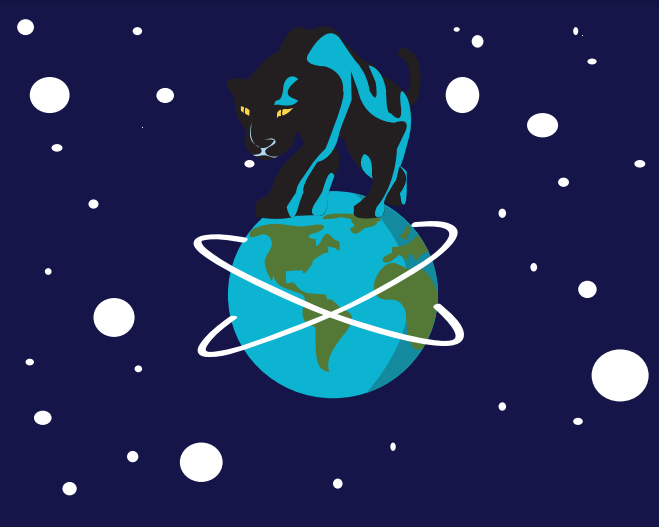Earth Day, Day 1: Toxic Fashion
April 15, 2019
In the wake of greater global environmental awareness, like the recent widespread banning of plastic straws, even in the Pinecrest community, another movement seems underway: reform of the fashion industry.
“I have heard the term toxic fashion, usually referring to the external issues that the production of clothes introduces, which are more commonly recognized as ethical issues but also includes environmental impacts from it,” freshman Science Bowl and Envirothon competitor and chemistry/environmental science student Julian Orrego said.
According to The Independent, clothing comprised of polyester — a synthetic fiber — sheds toxic microfibers once washed in a machine. These particles travel into the plants that regulate water and sewage, undetected. This circulates the non-biodegradable polyester into the ocean and other bodies of water, later consumed by plankton. The food chain leads them all the way to unknowing fish, and eventually — us.
“So there is a concept called biomagnification, which ensures that if the fish population ingest said contaminants, they will reach us in a more concentrated form,” Orrego said. “This would likely not be mentioned due to the widespread panic it would cause if people knew that their clothing is indirectly poisoning them.”
Greenpeace, an international environmental organization, currently spearheads a mission to educate the public on these other toxic materials. Evaluated in studies supporting their initiative, the “Detox Campaign,” they asserted 11 dangerous chemicals in clothing remain unregulated and actually permitted.
Greenpeace’s efforts to provide absolute transparency through their campaign presents itself through the publishing of Annex 1 of “Destination Zero: seven years of detoxing the clothing industry.” The 11 chemicals they warn of include metals like copper and tin as well substances like formaldehyde. In regards to their current permission, the organization works to address this issue through screening Manufacturing Restricted Substances Lists (MSRL). They see this transparency between a product and consumer as vital.
However, the status of this permission seems generally unbeknownst to the public; to ascertain the sustainability and safety of clothing, they will include what are called certified GOTS, Cradle to Cradle or OEKO-TEX tags. The GOTS label in particular represents products that remain completely free of pesticides, herbicides, and the harmful chemicals listed by Greenpeace. However, many seem unaware of these certifications and the need for them.
“I actually had no idea that fashion and the environment interact to that extent. To be honest, I would try to make changes but then probably forget and go back to the same pattern,” Junior Lissette Martinez said. “I think [companies] should educate the public so that they can constantly remind us…”
Amidst this new publicization of the environmental consequences of toxic fashion, some of the world’s largest companies in the industry make their road to reform evident. Due to Greenpeace’s Detox Campaign, more than 70 of these companies currently commit themselves to what Greenpeace dubs “Detox by 2020.” The criteria includes a pledge to remove toxic chemicals from supply chains. These companies account for a total of 15 percent of global textile production.
Putting that into perspective, well-known brands like Adidas, Puma and Nike pledged for completely toxic-free production by the year 2020, but they remain as some of the few taking concrete action in doing so, at least for now.
“I think that because they are such big brands they will get good publicity from going toxic-free and other companies will see them doing that, and kind of simulate that pattern,” Martinez said.
Outside of the industry, awareness of toxic fashion and efforts to publicize it remain sparse.
“I think it is quite problematic that we are not doing anything to raise awareness to this, as we are simply brushing aside the problem instead of searching for alternate solutions to it, Orrego said. “This ignorance to our effect on the environment may also have a domino effect on our ecosystems, when enough of the pollutants in our clothes reaches those fish and therefore the other organisms in the ecosystem, it will lead to a mass decrease in biodiversity and a dying off of organisms, forever impacting our ecosystems in a way that may be too difficult to fix.”

